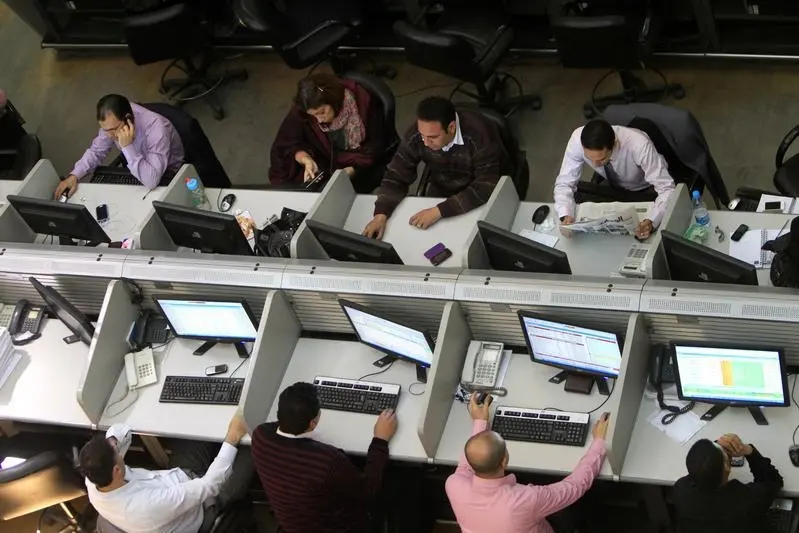PHOTO
Egypt's Central Bank has opted to keep interest rates unchanged, prompting some to look at the alternatives, writes Sherine Abdel-Razek
Maintaining the same trend since its last rate cut in January, the Central Bank of Egypt (CBE) has decided to keep its overnight deposit and lending rates at 8.75 and 9.75 per cent, respectively.
The decision came on the back of a surge in the rate of inflation in May to 13.1 per cent, compared to 11 per cent in April. The CBE had been holding its rates over the last five months due to increases in inflation.
The rise in inflation was mainly triggered by a sharp rise in food inflation, which alone represents 40 per cent of the commodities used to calculate the overall rate, commentators said.
Meanwhile, "given that global food prices are still well below their level a year ago, [analysts] suspect that the pick-up in domestic food prices reflects the effects of the depreciation of the Egyptian pound earlier this year, and possibly shortages triggered by restrictions on access to foreign currency," wrote Jason Tuvey, senior economist at Capital Economics, in a recent note.
The logic behind keeping the rates unchanged has two dimensions: the lack of an urge to increase them and fears of the consequences of decreasing them amid high inflation rates.
The CBE is not under pressure to raise interest rates, according to Tuvey. The financial support from the Gulf should help to keep the strains on Egypt's balance of payments contained, with almost half of the $12.5 billion pledged at March's Egypt Economic and Development Conference received, he said.
This has provided a significant boost to Egypt's foreign exchange reserves, negating the need to increase rates to attract foreign capital.
The main concern about decreasing rates would be an expected hike in inflation on the back of the pending hike in fuel prices. However, Hani Genena, chief economist at Pharos Securities, believes these concerns are valid if and only if the second round of price increases leads to effects similar to the first round of increases that took place last July.
"These concerns have largely subsided amid signs of execution delays," Genena said, explaining that the minister of petroleum has said the government will delay the increase in fuel prices due to the benign impact of lower crude oil prices on the subsidies bill and the delay in the use of smart cards at petrol stations until all potential users had been accounted for.
But, according to Genena, keeping interest rates unchanged while keeping the pound hard pegged against the dollar will squeeze domestic producers out of the market due to high borrowing costs, making their products less competitive due to their cost in dollars.
Tuvey said that had the CBE opted to decrease rates this would have made sense in the light of slower economic indicators. "Latest activity data suggest that the economy has made a sluggish start to the year. Industrial production contracted by 0.7 per cent year-on-year during the first quarter, compared with an expansion of 17.7 per cent on the previous quarter," he noted.
The construction sector has performed poorly, and tourism may be stifled in the coming months by the recent terrorist attacks at tourist sites in Giza and Luxor.
Genena highlighted a number of factors that make a rate cut in the future favourable. The decline in international food prices is one, as in June 2015 the UN Food and Agriculture Organisation (FAO) reported that its Food Price Index was down again in May to a level near post-global financial crisis lows on a sustained pile-up of global inventories supported by favourable weather conditions.
There are also signs that local prices are anchored as, "based on a series of conference calls with listed real-estate firms, we understand that the pace of price increases in the sector has significantly softened during 2015, versus the semi-vertical path observed in 2014," Genena said.
The average price increase per square metre in Sixth of October Development and Investment Company (SODIC) units has reached 2.5 per cent, versus rates at around the 50 per cent mark in 2014.
Rate cuts would also help contain the recent increases in government borrowing costs on treasury bills, Genena said.
© Al Ahram Weekly 2015












